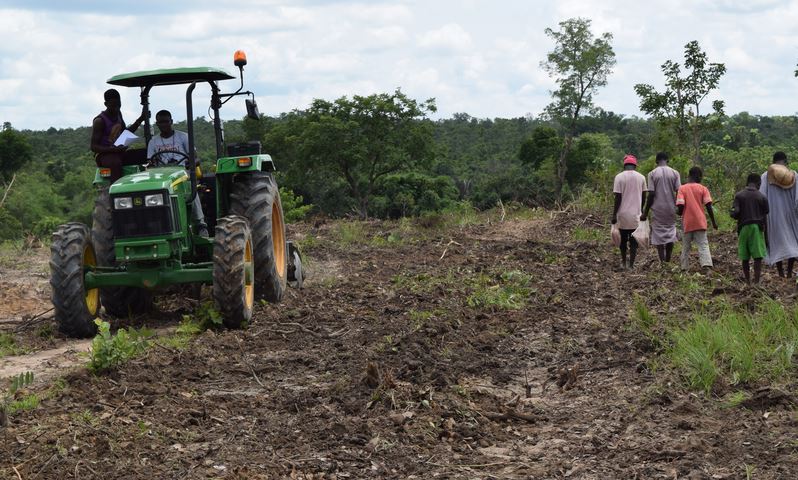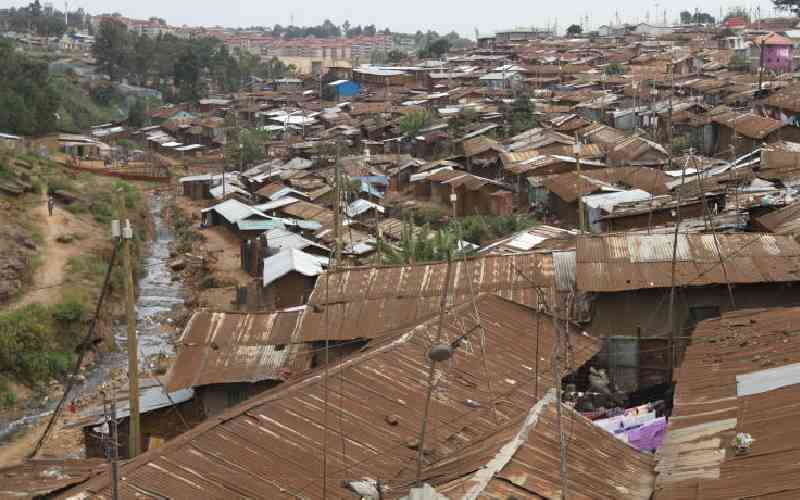
A high level group is in Addis Ababa, Ethiopia to look into ways of accelerating access to innovations that can increase food production in the continent.
AATF hosts the event which include senior government officials from Ethiopia, representatives from the Islamic Development Bank (IsDB), and high-level representatives from the African Union and key donor countries.
The discussion center around new options for generating public-private partnerships or PPPs that can deliver innovations—like disease and drought-resistant crop varieties—to African farmers.
“We need to move decisively to disrupt the status quo that is denying African farmers’ access to potentially transformative technologies,” said Dr. Ousmane Badiane, chair of the African Agricultural Technology Foundation (AATF).
The event, “Catalyzing African Agricultural transformation through PPPs,” came on the heels of a report released at a global climate summit in Katowice, Poland last week that found carbon emissions from human activities hit an all-time high in 2018.
The rise in greenhouse gases makes it more likely that stressful climate conditions, which already are reversing progress against hunger and malnutrition in Africa, will intensify in the coming decades.
In the last few years, farmers in sub-Saharan Africa have seen a sharp rise in severe drought along with the emergence of a voracious plant pest called fall armyworm that threatens to decimate the region’s most important food crop, maize.
A partnership led by AATF is developing maize varieties that are both drought and pest-resistant. AATF is working closely with developers and regulators to make them accessible to African farmers.
“While these are times of great challenges, they are also filled with promising opportunities for African farmers,” Dr. Denis T. Kyetere, AATF’s executive director.
According to the World Bank, with the right mix of technology and investments, “Africa’s farmers and agribusinesses could create a trillion-dollar food market by 2030.”
One such initiative is the AfDB’s Technologies for African Agricultural Transformation (TAAT) initiative that is providing Sh100 billion (US$1 billion) to make new technologies widely available to African farmers. A key feature of the program is an effort to introduce agricultural technologies across large geographic areas that have similar farming conditions, as opposed to the cumbersome and costly country-by-country approach.
AATF’s Badiane said there is a need for new approaches that can overcome obstacles that discourage agricultural technology developers from generating products that meet the needs of African farmers.
“We see public-private partnerships as the best way to stimulate innovations that are aligned with the way Africans produce food—which is largely on small, family farms—and target the unique mix of crop varieties and growing conditions on the continent,” he said.
Badiane said that a steady stream of farming innovations is crucial for the success of ongoing efforts to transform smallholder agriculture in Africa from subsistence to commercial production. He said new technologies can be especially beneficial for encouraging more young people and women to embrace careers in agriculture.
Stay informed. Subscribe to our newsletter
The discussions at the Addis event reviewed recent case studies highlighting efforts to commercialize agricultural technologies in Africa.
 The Standard Group Plc is a
multi-media organization with investments in media platforms spanning newspaper
print operations, television, radio broadcasting, digital and online services. The
Standard Group is recognized as a leading multi-media house in Kenya with a key
influence in matters of national and international interest.
The Standard Group Plc is a
multi-media organization with investments in media platforms spanning newspaper
print operations, television, radio broadcasting, digital and online services. The
Standard Group is recognized as a leading multi-media house in Kenya with a key
influence in matters of national and international interest.
 The Standard Group Plc is a
multi-media organization with investments in media platforms spanning newspaper
print operations, television, radio broadcasting, digital and online services. The
Standard Group is recognized as a leading multi-media house in Kenya with a key
influence in matters of national and international interest.
The Standard Group Plc is a
multi-media organization with investments in media platforms spanning newspaper
print operations, television, radio broadcasting, digital and online services. The
Standard Group is recognized as a leading multi-media house in Kenya with a key
influence in matters of national and international interest.







